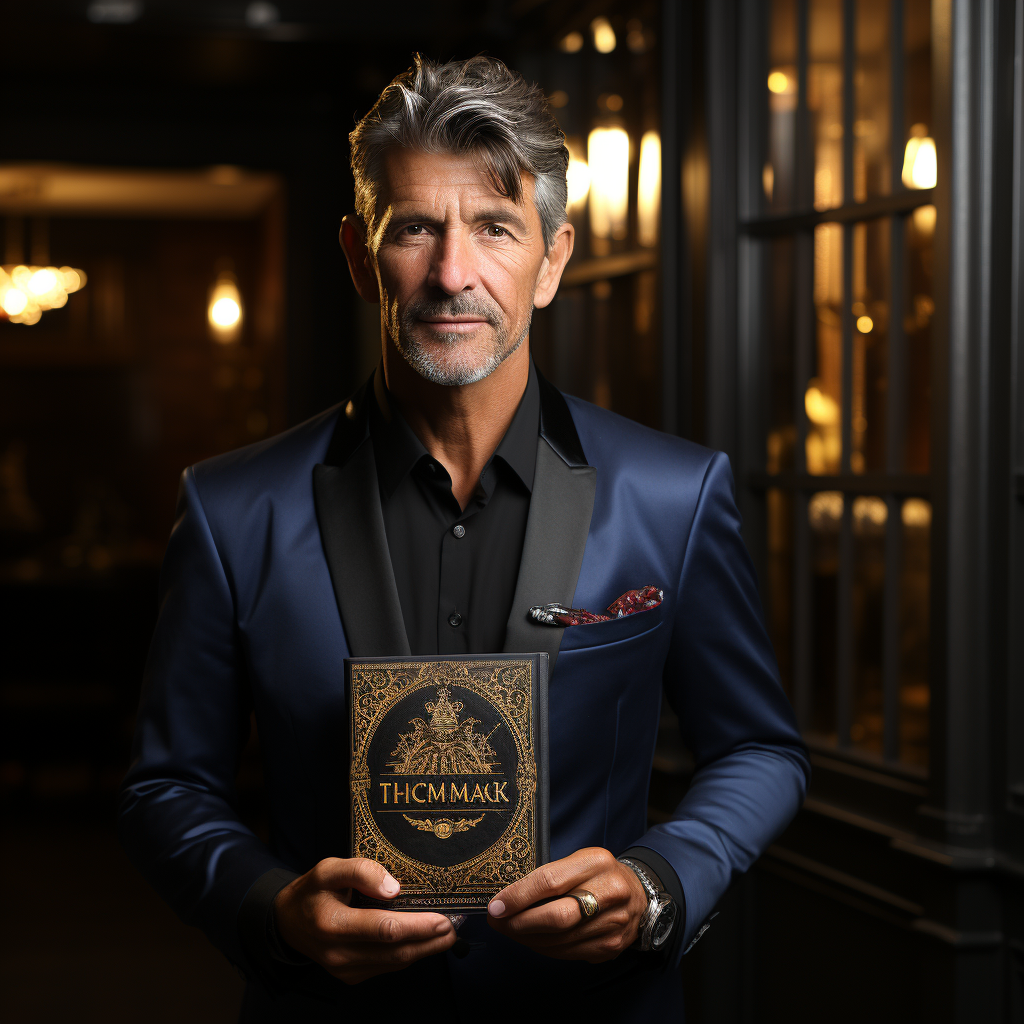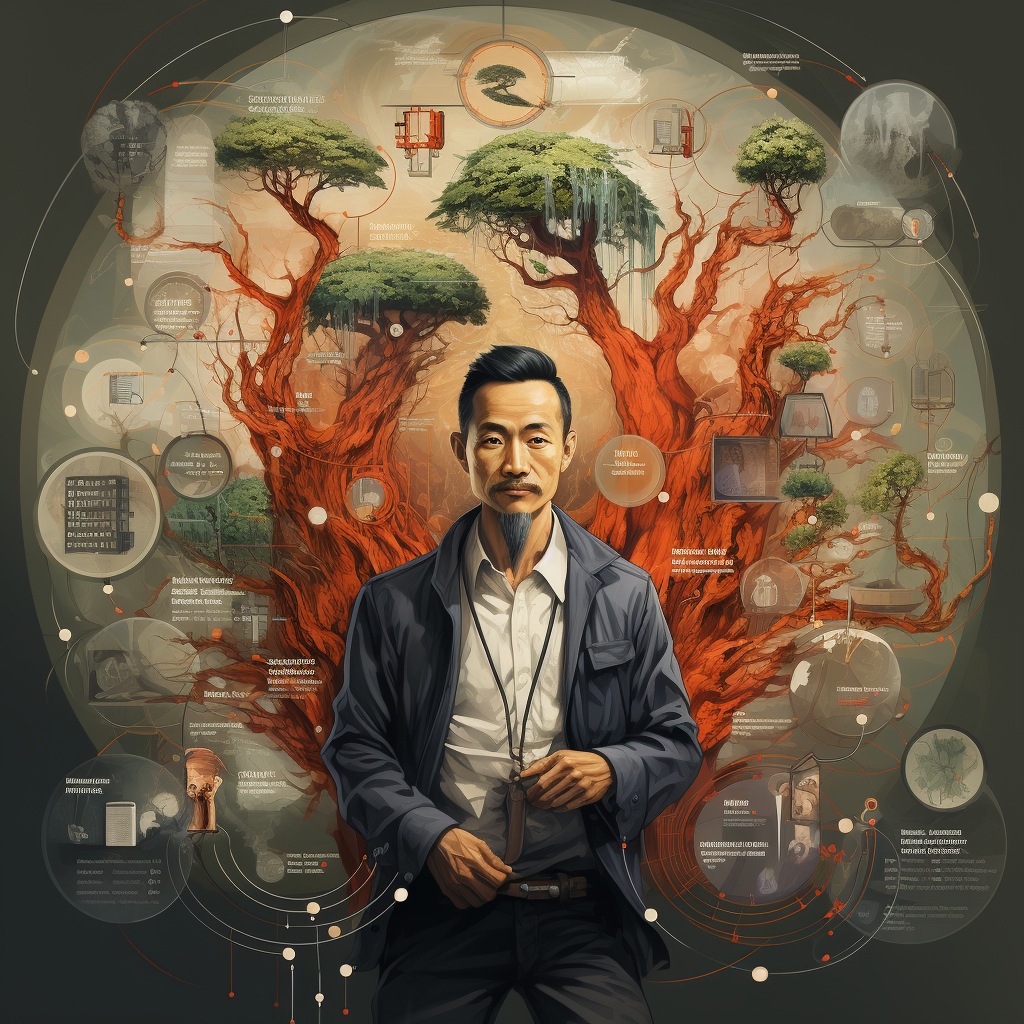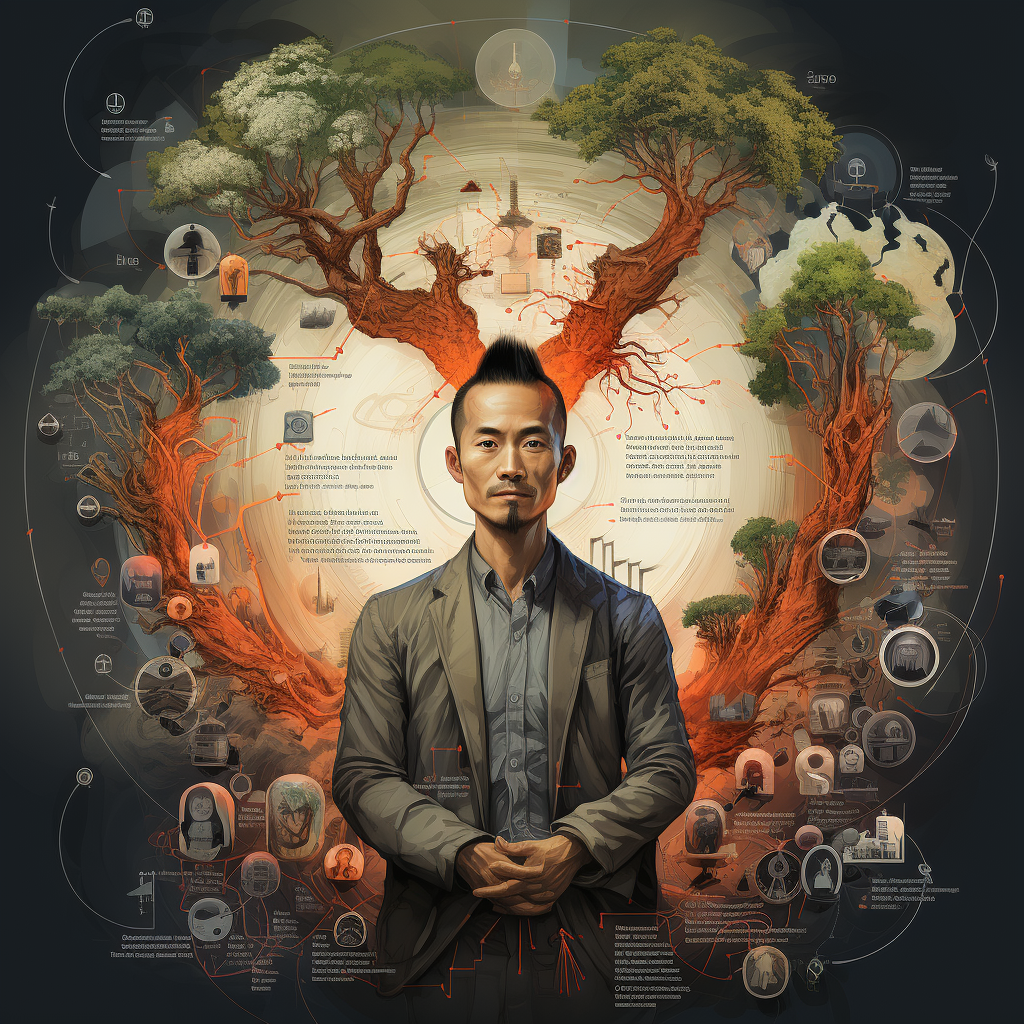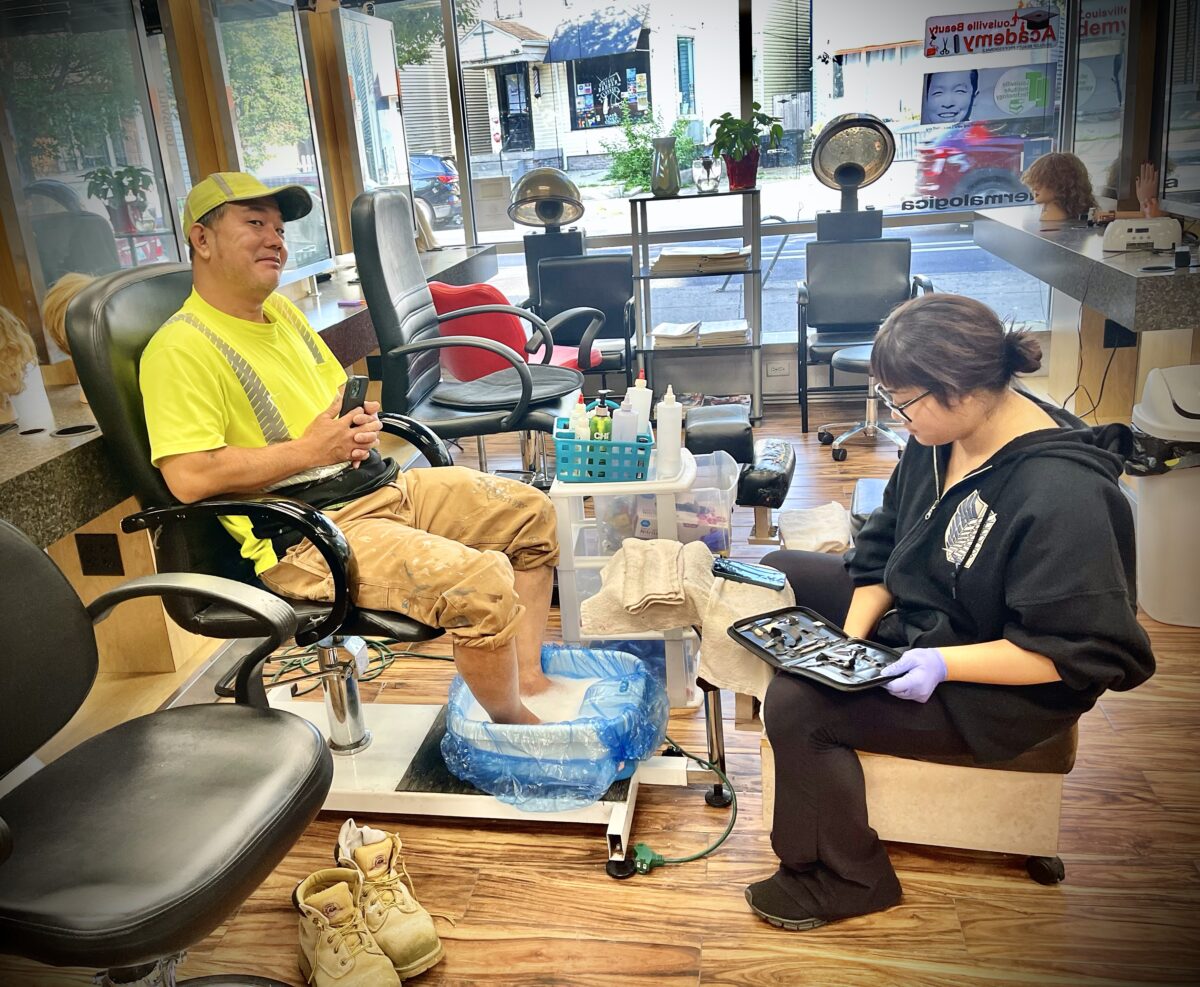Today, as I tucked away my trash can, ensuring it remained unseen by my neighbors and the wandering eyes of passersby, I was struck by a profound realization: In this seemingly mundane act lies the story of my life and the broader human experience.
Journey Beyond the Can The simple task of positioning a trash can out of view became a catalyst for deeper reflection. Why did it matter so much? Beyond the obvious respect for the community regulations, the trash can became a symbol, a reminder of where I once was, and how far I’ve come.
My childhood was worlds apart from the spacious, quiet streets I now call home. Born in a mud hut, I watched my father make do with a single pair of pants. Our aspirations were humble, our needs basic. But as time went on, life’s unpredictable currents carried me across continents, from that humble hut to the bustling apartments of Americana, and eventually to the opulent neighborhoods dotted with vast homes.
The Irony of Opulence Now, in a neighborhood where grand houses stand tall, the human presence is paradoxically scarce. Instead of the close-knit community of my childhood, where shared challenges created bonds, we now find ourselves in an environment where the placement of a trash can becomes an occasion for neighborly scrutiny. In houses worth millions, we spend so little time, yet the brief encounters over inconspicuous trash cans become noteworthy.
The Tale of Transitions Every stage of my journey, from the mud hut to the mansion, has imparted valuable lessons. The importance of gratitude for what we have, the realization that material gains don’t necessarily equate to happiness, and the understanding that every phase of life has its unique challenges and joys.
Finding Joy in the Ordinary In the hustle and bustle of life, it’s often the most routine moments that offer profound insights. The joy I felt today, simply from the act of placing a trash can, was unexpected but welcome. It served as a reminder that happiness often hides in plain sight, waiting to be found in the most unexpected places.
In Conclusion Our life’s journey is a series of transitions, each stage offering its own lessons. Embracing every moment, from the simple to the significant, can lead to a richer understanding of ourselves and the world around us. As we navigate the paths of our lives, may we always find joy in the ordinary, and may our trash cans, whatever they symbolize, always remind us of the beauty in our journey.















